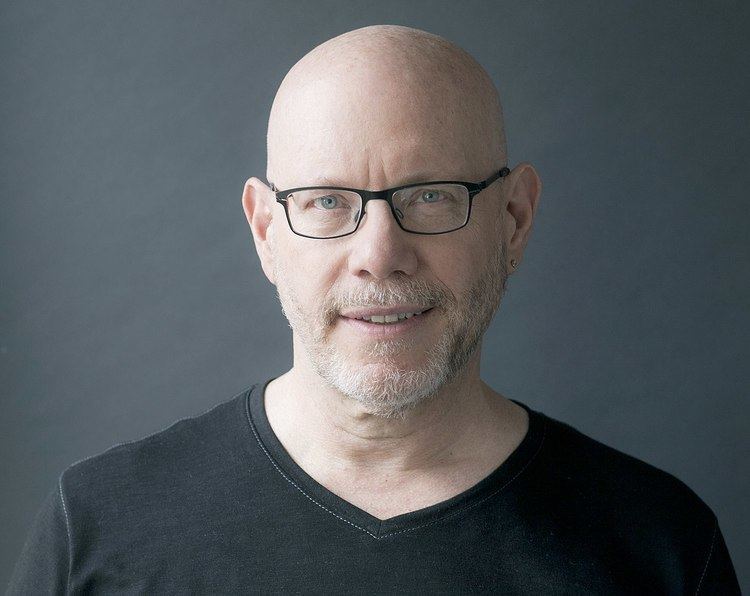Name Lewis Aron | ||
 | ||
Known for Relational psychoanalysis, Mutuality & asymmetry in clinical psychoanalysis, The analyst's use of subjectivity Books A Psychotherapy for the People: Toward a Progressive Psychoanalysis Profiles | ||
LEWIS ARON about generative enactment
Lewis Aron, Ph.D., ABPP, FABP, is an internationally recognized teacher and lecturer on psychotherapy and psychoanalysis who has made significant contributions to psychoanalysis, particularly within the specialty known as relational psychoanalysis. Dr. Aron is the Director of the New York University Postdoctoral Program in Psychotherapy and Psychoanalysis in New York City. He was the founding president of the International Association for Relational Psychoanalysis and Psychotherapy and was formerly President of the Division of Psychoanalysis of the American Psychological Association. He practices in New York where he is well known for teaching ongoing study and reading groups for professional therapists. He is board certified in psychoanalysis by the American Board of Professional Psychology (ABPP) and a Fellow of the American Board of Psychoanalysis (FABP). His 1996 volume A Meeting of Minds: Mutuality in Psychoanalysis and his (1999) edited volume with Stephen Mitchell, Relational Psychoanalysis: The Emergence of a Tradition are considered two of the essential texts in contemporary American psychoanalysis. Together with Adrienne Harris, he edits the Relational Perspectives Book Series, which has published many of the texts in the field. Dr. Aron was one of the founders of the preeminent journal Psychoanalytic Dialogues: The International Journal of Relational Perspectives.
Contents
- LEWIS ARON about generative enactment
- Lewis Arons 1996 book A Meeting of Minds
- Contribution to psychoanalysis
- Authored Works
- Edited Works
- References
Lewis Aron's (1996) book: A Meeting of Minds
Contribution to psychoanalysis
The term "relational psychoanalysis" was first used by Greenberg and Mitchell in 1983 to bridge the traditions of interpersonal relations, as developed within interpersonal psychoanalysis and object relations, as developed within contemporary British theory. Due in large measure to the seminal work of Stephen Mitchell, the term "relational psychoanalysis" grew and began to accrue to itself many other influences and developments. Various tributaries—interpersonal psychoanalysis, object relations theory, self psychology, empirical infancy research, and elements of contemporary Freudian and Kleinian/Bionian thought—flow into this tradition, which understands relational configurations between self and others, both real and fantasized, as the primary subject of psychoanalytic investigation.
Relational psychoanalysis has become the dominant form of American contemporary psychoanalysis. Lewis Aron's contributions to the field include:
